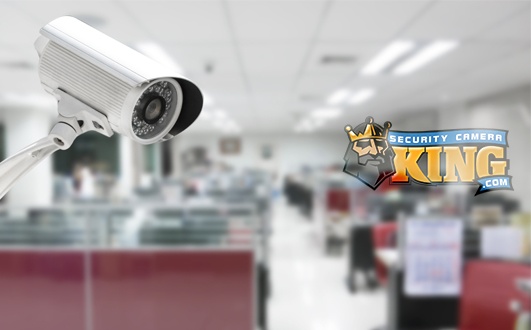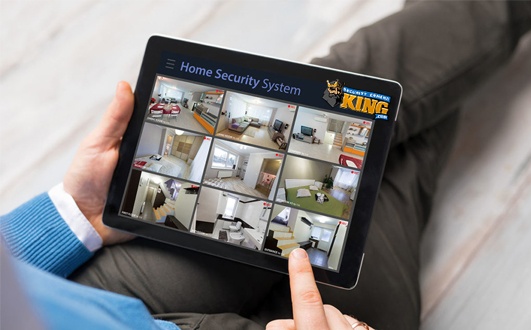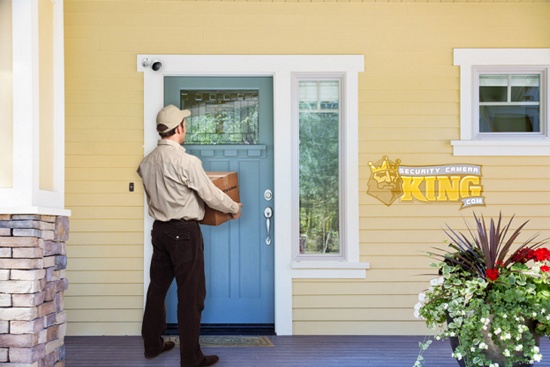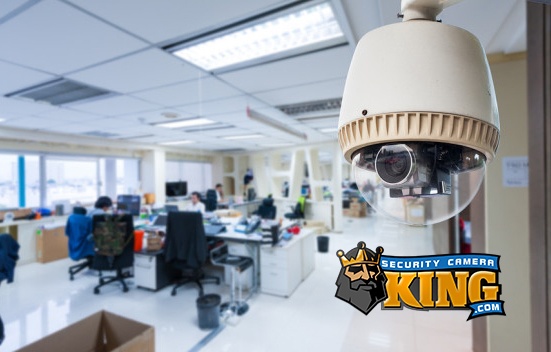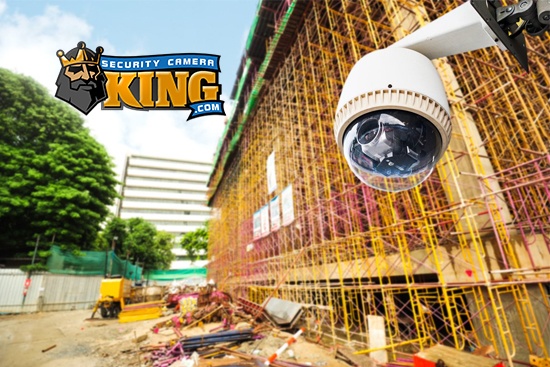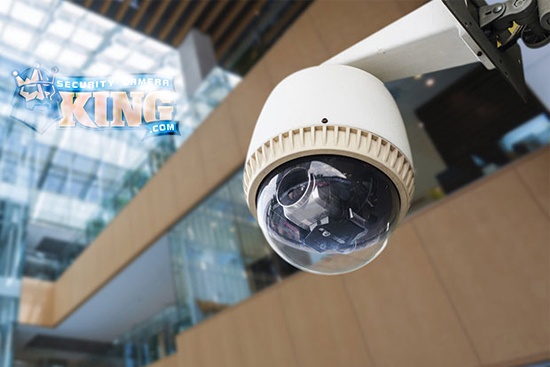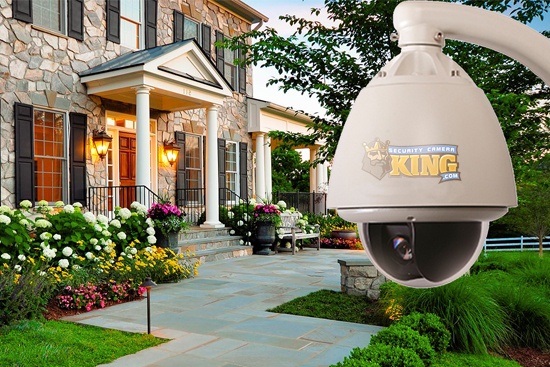I don’t know about you, but I get really annoyed by my camera system sending me alerts for motion and there is nothing there. There are several things that can cause this and there are a couple of different ways to eliminate false alerts. First we need to understand why we get all the false alerts and what options can be utilized to prevent them without any additional hardware.
Motion Detection
People often believe that the motion detection will only pick up people or vehicles, but unfortunately that is not the case since there are no analytics built into the DVR to determine the differences. To understand why a camera sends false alerts we need to understand what a camera determines is motion. Motion in a camera is determined as a change in pixelization in the image. Now you are probably scratching your head thinking what? What happens is a camera is producing an image, the DVR sees that image as an algorithm. When something changes in that algorithm, the DVR determines this as motion. Now this can be anything from a cloud going over, a person walking, a tree blowing in the wind, a flag blowing, a bug flying by the camera at night, are just a few examples of what can trigger this. Now there are some features in the DVR that can help reduce these false alerts can be reduced by using some settings in the DVR such as Latch, Anti-dither, and masking.
Now for some fun definitions to better understand the different settings that can help reduce the false alerts. Latch is how long the DVR will continue to record after the triggered alarm turns off. Anti-dither is the amount of delay that will occur before the DVR starts recording, it can also be thought of as the amount of time something in the image has to be there to trigger the DVR to record. Masking is blocking of certain sections in the image to turn off the motion detection of that part of the image. This is generally done through squares that are overlayed on the image and are either selected or deselected.

As you can see in the picture above, the bottom portion of the screen is all blue and the top portion has no coloring overlayed on it. This means that the DVR will only process movement in the areas that are shaded blue and ignore the top 3 sections of the image. Now these settings are not perfect and you will still get false alarms, just utilizing the motion detection in the recorder and cameras. The best area to use the standard motion detection type of alert would be in an interior location where no movement is to occur and there is little lighting variations. Ie. a hallway or room that has no windows.
Eliminating False Alerts
Now if you want to positively eliminate false alarms, there is only one way that I know of. The absolute best way to to utilize the alarm inputs and outputs of SecurityCameraKing.com’s Digital Video Recorders or Network Video Recorders.

If you look at the picture, there is a green terminal block on the right side of the back of the recorder. In this terminal block there are both the alarm inputs and the alarm outputs. For most people they will only utilize the alarm inputs for magnetic door and window contacts from an alarm system.
Now let’s say you have an existing wired alarm system that is either sitting there doing nothing or even being monitored by someone, you can utilize the existing hardware to amplify the effectiveness of your new camera system. Now if your system is currently active, you may want to get the technicians out to your location and have them daisy chain the contacts back to the DVR location for this next step. If your system is not being monitored and you are just using it for audible deterrence, you can run a jumper from the wire coming back to the alarm panel from each door or window contact and motion detector back to the DVR. You will assign each contact a different input on the DVR that is associated with a camera channel that is close to where the contact is located. I do it this way so that when I am using the TechproSS Plus application for my mobile device, I get the push notification from that camera channel. For example, if I have a camera at my front door on channel 1 of the DVR, I will take the door contact from the front door and assign it to alarm input 1 of the DVR. I will then configure in the DVR how I want it to respond to the different inputs. For example, when my front door contact is opened I have my DVR send an email with multiple camera shots as well as record on several channels.

So as you can see from the picture above in the Alarm interface, you can choose a number of options that you want the DVR to do based on a specific alarm input. The first option “Event Type” you will always choose “Local Alarm”. The second option “Alarm In”, is which input you are referring to and “Type” is whether the contact is a Normally Open contact or Normally Closed contact. Door and Window contacts are generally Normally Closed contacts and Motion Sensors are Normally Open.
The third option is “Period”, and this refers to the time period that you want these options to be active for. The fourth option “Alarm Output” is for if you have some sort of device that you want triggered based on this input triggering. Ie, I have a siren that is triggered when one of my contacts is broken. I have wired the alarm output just like the image below.

The fifth option is “Latch” for how long the contact will stay active before resetting. The sixth option is “Record Channel”, which is what channel the DVR will record based on that alarm contact being activated. The seventh option is “Record Latch” which is how long the DVR will continue recording after the event has occurred. The eighth option is “Send Email, Show Message, or Buzzer”, for how you want the unit to react based on the input being triggered. The ninth option is “Tour”, so how you want the main monitor to react to the input being activated. The tenth option is “PTZ Activation”, which is how you want a PTZ to react based on the input being activated. The eleventh option is “Capture”, which is what channels you want the DVR to capture pictures based on the input being activated.
Conclusion
If you want to not have your phone or email blowing up for false alerts, utilizing the alarm inputs is the way to go. Now if you don’t have an existing alarm system you can always buy pieces of wired alarms and tie them into the system for the same results.



